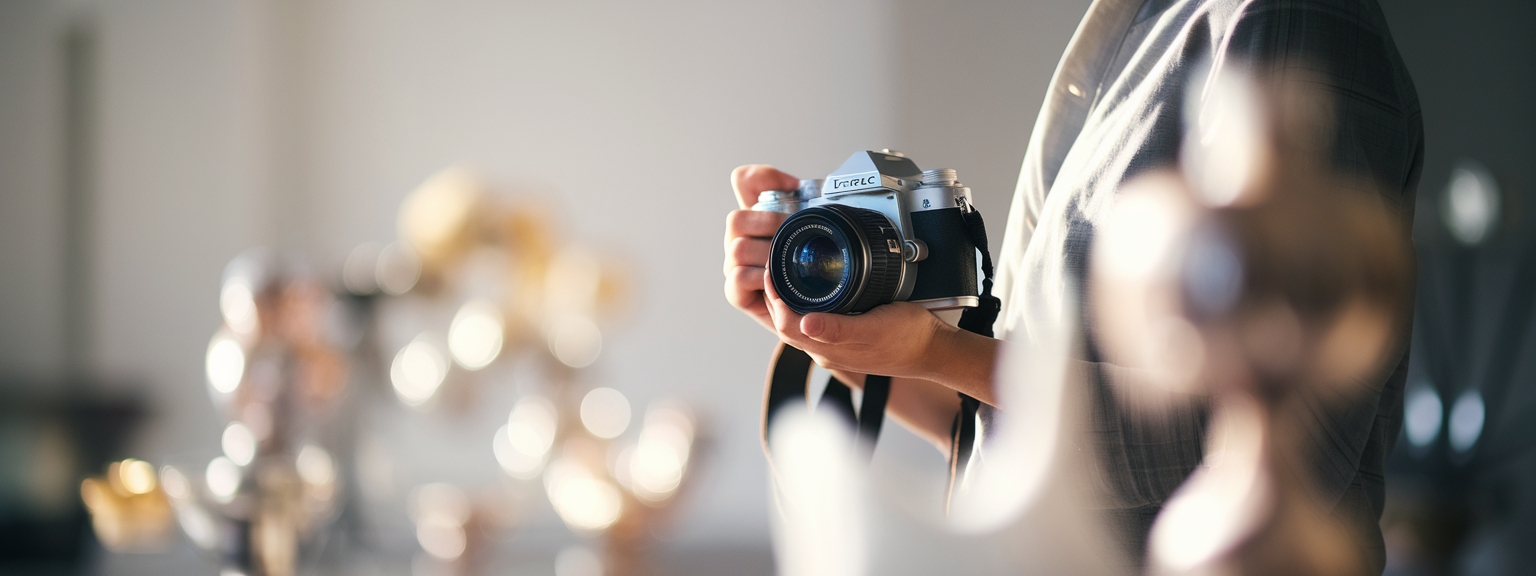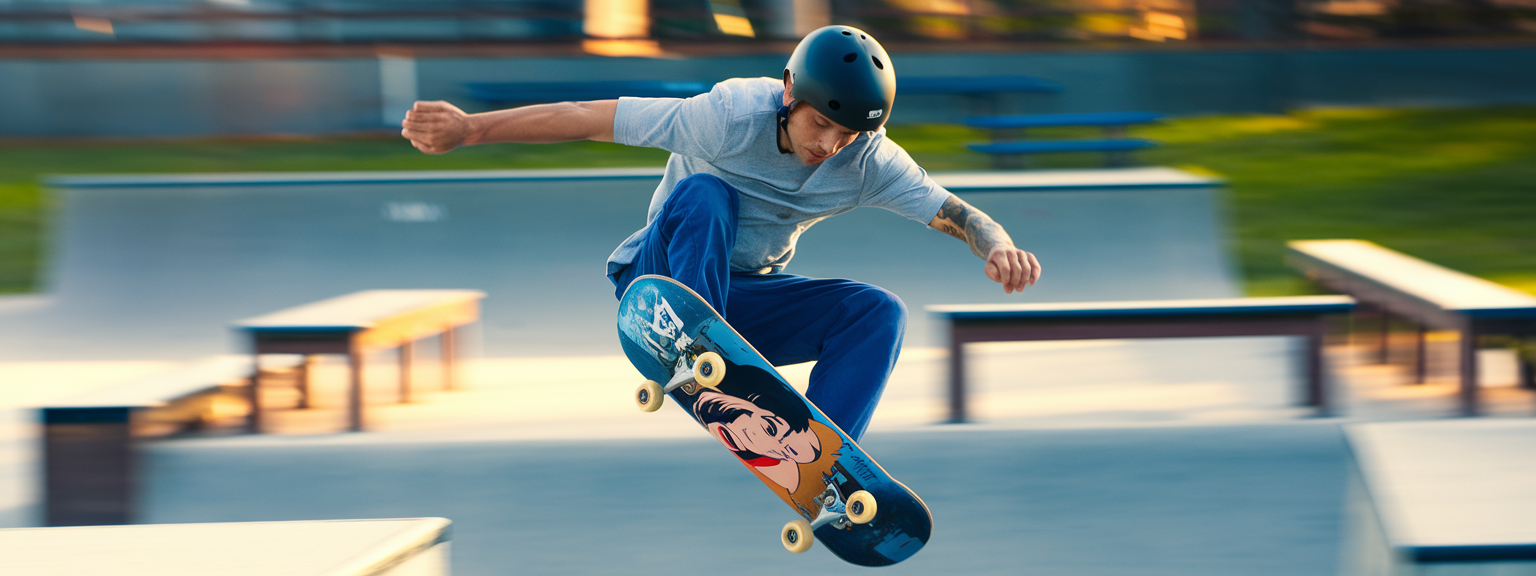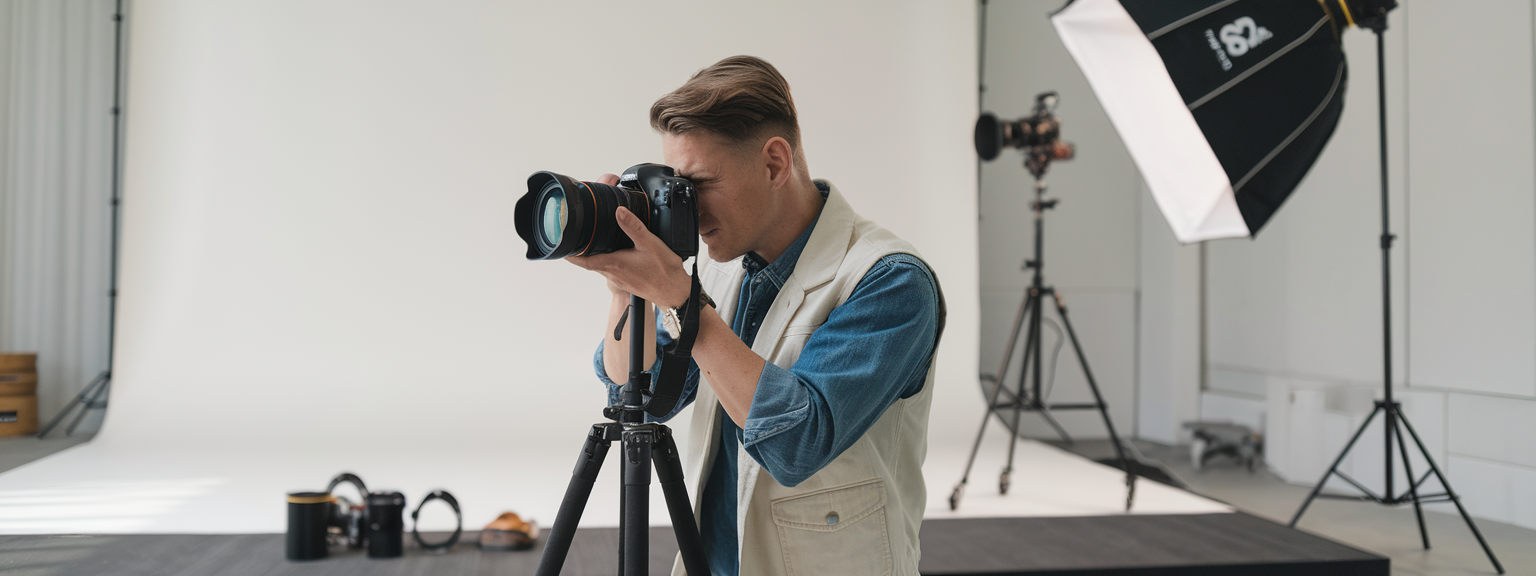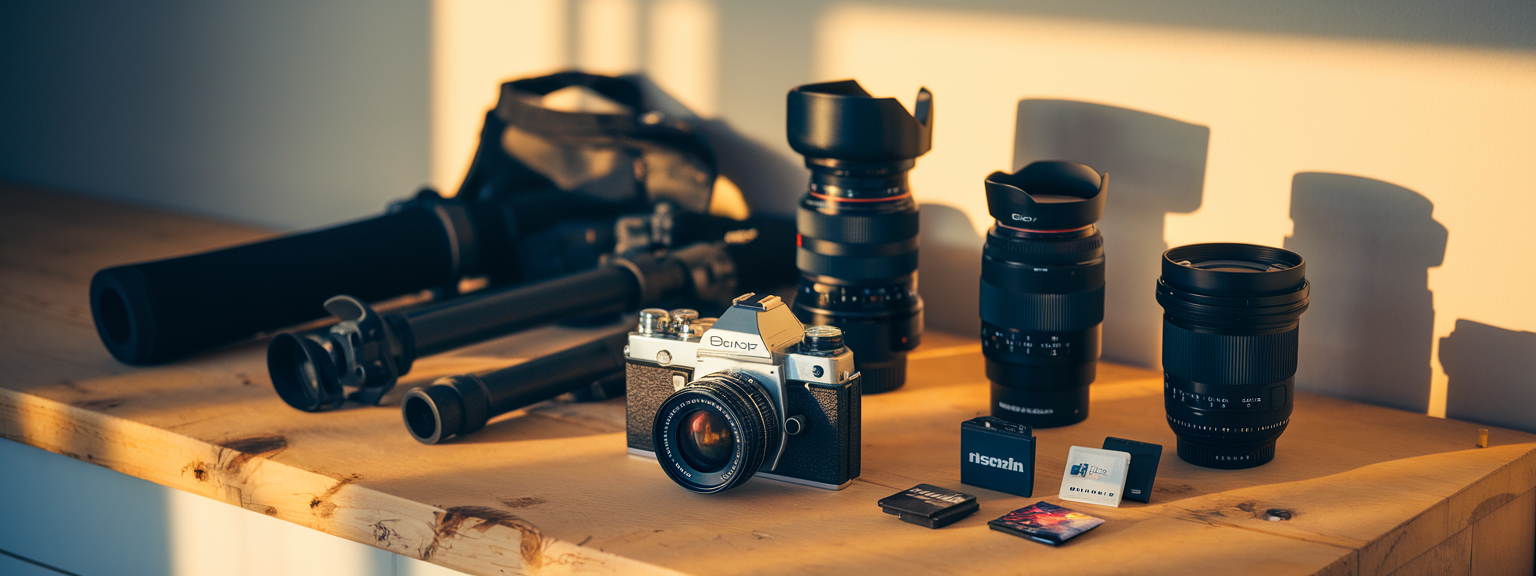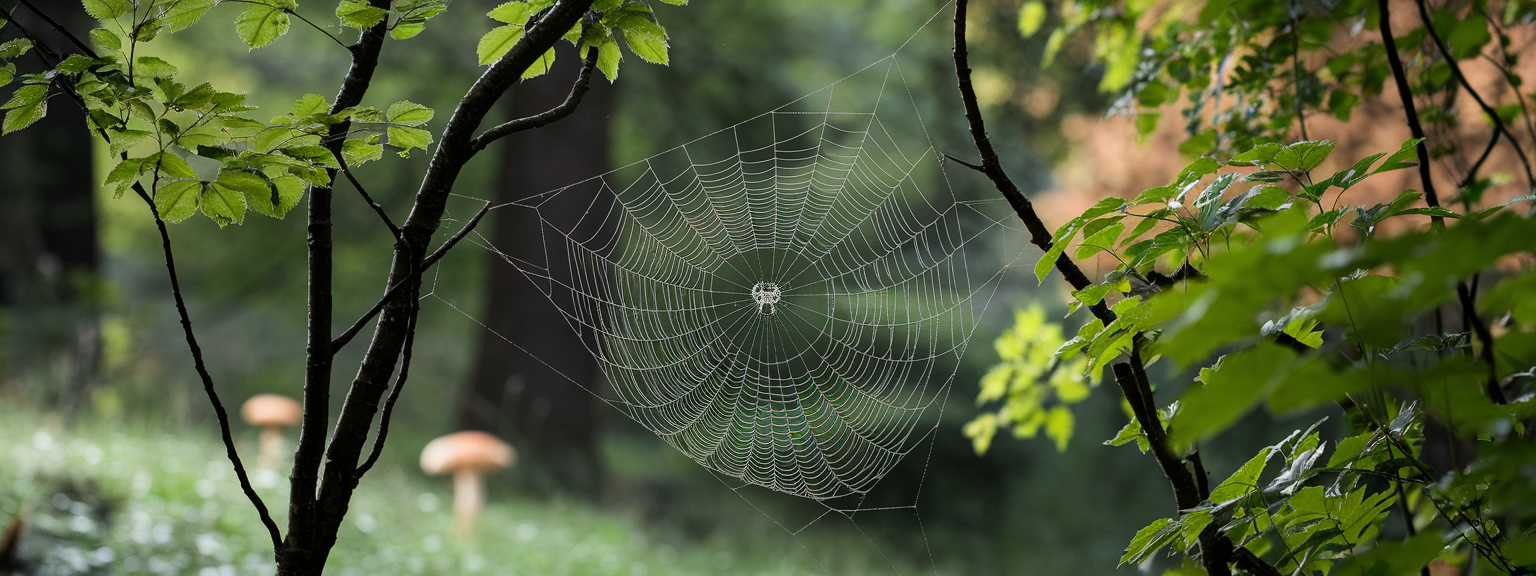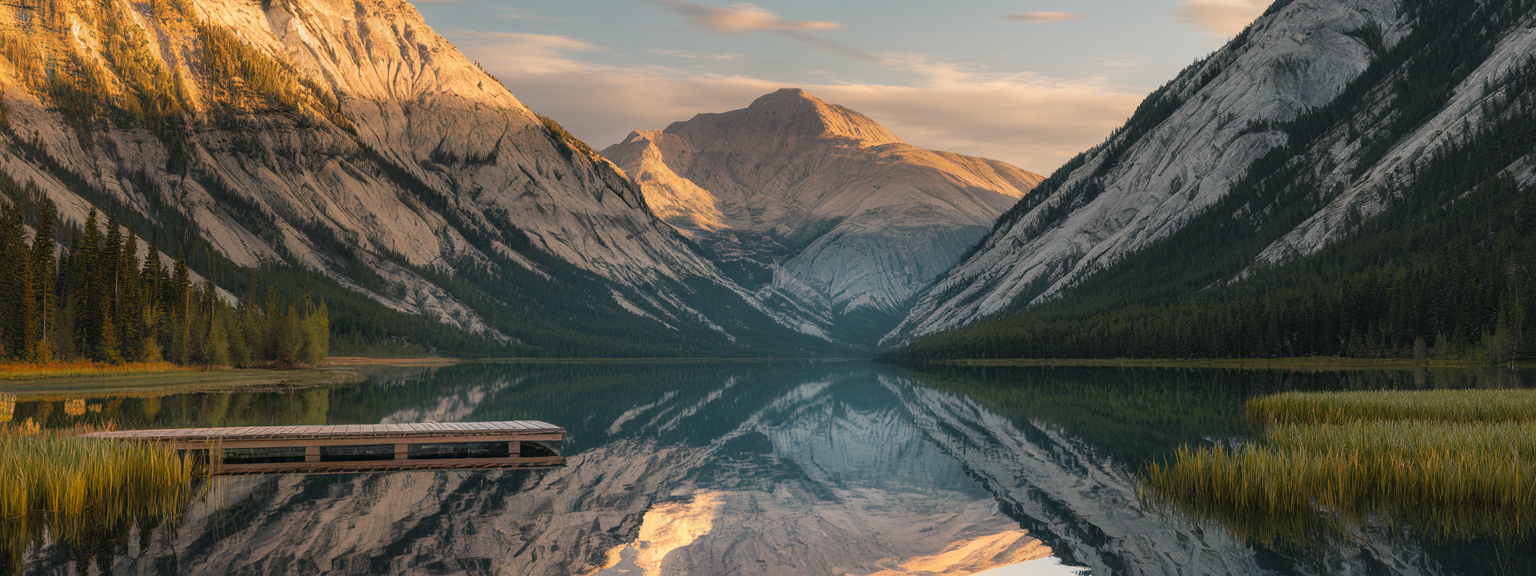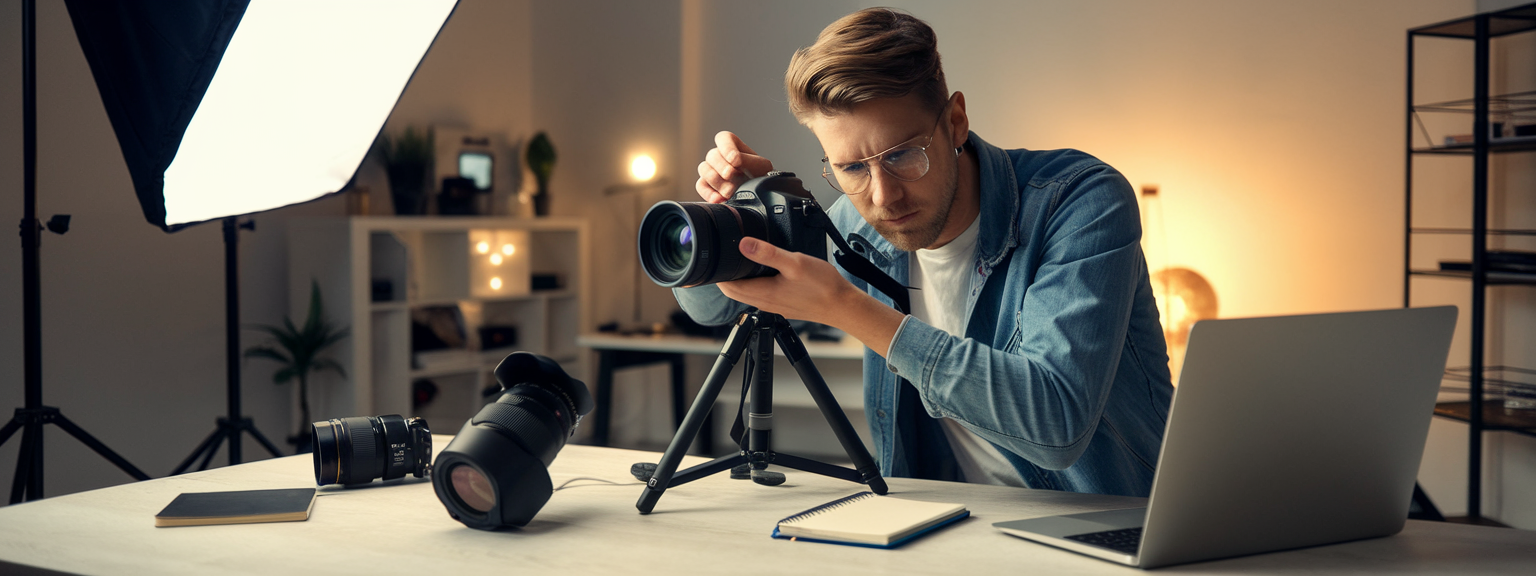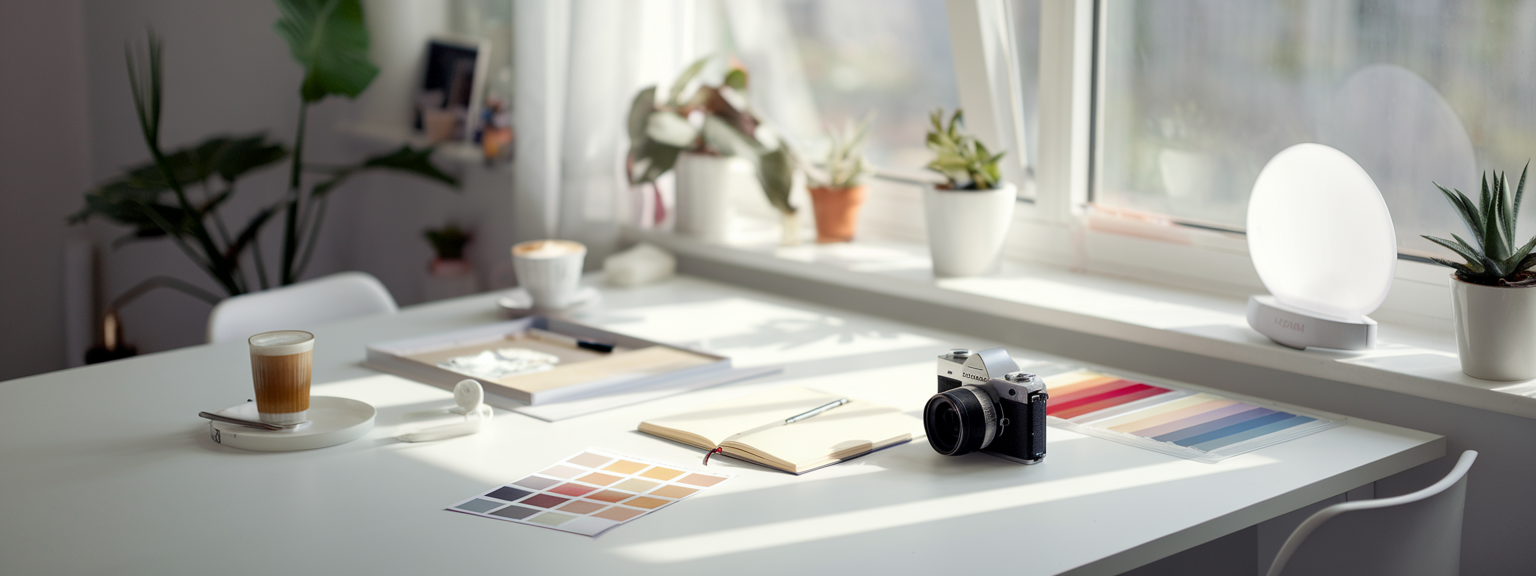Street Photography: Capturing Life Candidly
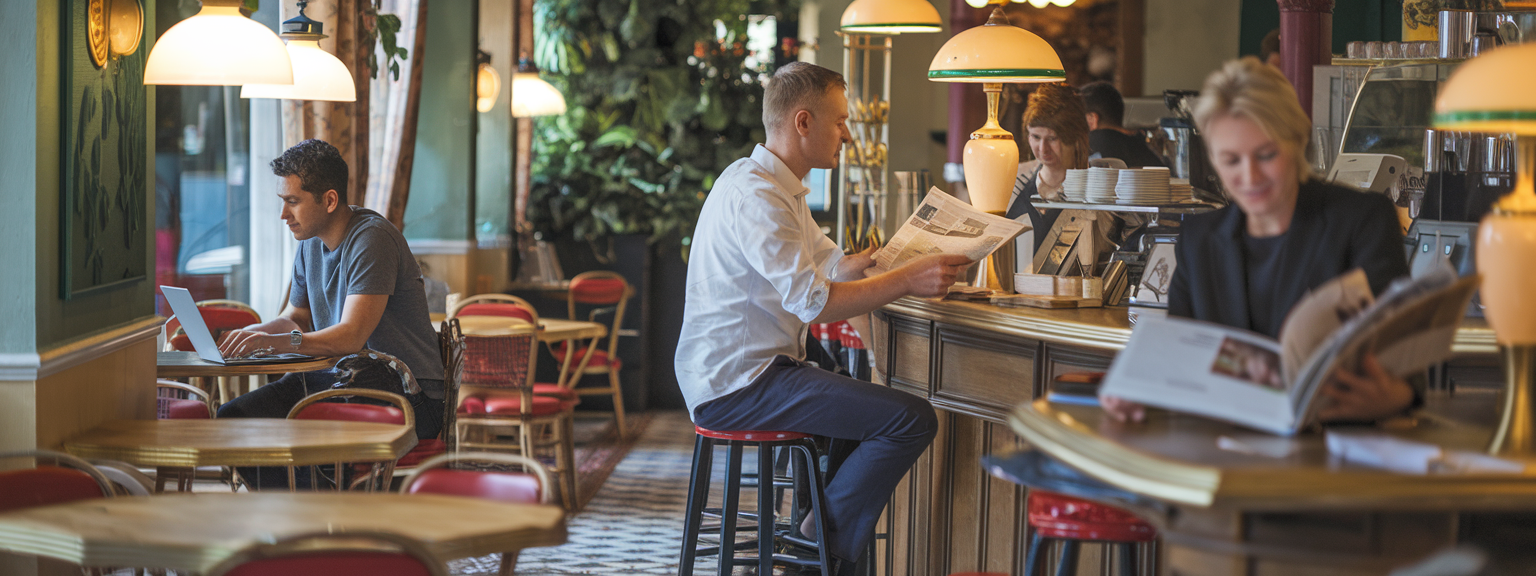
Street Photography is one of the most sincere forms of visual storytelling. It captures fleeting human expressions, daily moments, and urban emotions in their purest state. In this detailed tutorial, we’ll explore Street Photography from preparation to execution and beyond, diving into essential techniques, ethical principles, and advanced composition. Whether you’re drawn to candid photography, urban photography, or street portraits, this guide will help you approach the streets with confidence and artistic clarity.
Street photography is about observation, patience, and intention. As you progress, you’ll refine the way you see — transforming ordinary life into extraordinary visual narratives. Let’s explore how to capture life candidly while preserving both authenticity and artistry.
📝 Step-by-Step Guide: Street Photography Techniques for Authentic Shots
1. Prepare Your Gear and Mindset
Effective Street Photography requires minimal interference between you and the world. Choose tools that are lightweight, fast, and inconspicuous. The goal is to stay agile and alert while blending with your surroundings.
- Camera: Opt for a compact mirrorless camera with fast autofocus. Models like Fujifilm X100V or Ricoh GR offer quiet operation ideal for discreet shooting.
- Lens: Stick to 35mm or 50mm primes for a natural field of view that keeps you close to subjects without distortion.
- Settings: Use aperture priority mode (f/5.6–f/8) and auto ISO to react quickly to changing light conditions.
- Accessories: Carry extra batteries, memory cards, and a simple strap for comfort during long walks.
Beyond tools, mindset matters. Enter the streets with curiosity, empathy, and patience. Candid photography thrives on trust — between you and the environment you’re documenting.
2. Scout and Observe
Before clicking the shutter, observe the scene. Study movement, light direction, and crowd rhythm. By being still, you can predict human behavior — creating opportunities to capture real, unscripted interactions.
- Spend time at one spot — observe habits and gestures that repeat naturally.
- Note how light filters between buildings or reflects off glass structures.
- Use reflections, shadows, or symmetry as compositional tools.
3. Compose and Anticipate
Strong composition elevates urban photography from random snapshots to deliberate art. In street settings, you compose not by staging but by anticipating motion and emotion.
- Rule of Thirds: Place subjects along grids for balanced tension.
- Layering: Combine foreground and background to add depth.
- Leading Lines: Use paths, rails, or light patterns to guide the viewer’s eyes.
- Negative Space: Allow emptiness to emphasize solitude or mood.
A powerful street photograph often results from predicting where emotion will intersect with light. Wait for the right moment — not too early, not too late.
4. Capture Emotion and Story
The essence of street portraits lies in emotion. Facial expressions are only part of the story — gestures, posture, and contrasts speak volumes too. Observe tension and serenity coexisting in the same frame.
- Focus on human interactions — greetings, laughter, solitude, or quiet reflection.
- Play with contrast — joy against industrial backdrops or isolation in crowds.
- Use light direction to sculpt emotion — side lighting evokes drama, backlighting adds mystery.
5. Post-Process with Precision
Editing in Street Photography should enhance realism, not alter it. Aim for images that feel authentic yet polished. Keep post-production subtle and story-driven.
- Start with careful selection — pick images that tell cohesive narratives.
- Adjust contrast and highlights gently to preserve natural light balance.
- Decide between color and black & white based on emotional tone.
- Crop strategically to refine storytelling without removing context.
📌 Practical Applications: Street Photography for Storytelling and Creative Projects
1. Visual Narratives and Documentary Projects
Street photography and documentary photography often overlap. Through long-term observation, you can document evolving cultures, social themes, or seasonal moods. Use sequences of everyday life photos to narrate authentic human stories. This approach builds a foundation for exhibitions or journalistic projects.
2. Brand Storytelling and Content Creation
Brands today value authenticity over perfection. Candid, real-world imagery — commuters, local vendors, or street-style scenes — helps businesses connect emotionally with audiences. Urban photography that feels unscripted performs particularly well in campaigns seeking human relatability.
3. Fine Art and Personal Exhibitions
Street photographs can evolve into fine art with proper intent. Curate consistent themes, print on archival-quality paper, and accompany your work with written reflections. Presenting your street portraits in galleries offers timeless visual narratives that showcase spontaneity and emotion.
4. Cultural and Travel Photography
When traveling, use Street Photography to explore culture authentically. Recording casual exchanges in markets, festivals, or narrow streets preserves the human essence of every destination. Approach respectfully, learn from what you observe, and document with cultural sensitivity.
💡 Tips & Tricks: Street Photography Composition and Style
1. Work the Scene
When you spot potential, explore every angle. Step forward and backward, change height, and observe reflections. Each variation can unveil new stories within the same frame. Practice shooting multiple compositions before moving on.
2. Use Zone Focus
Pre-focusing your camera at a specific distance lets you shoot instantly without waiting for autofocus. This is especially useful for spontaneous shots where reaction time matters more than precision. Combine it with a narrow aperture for greater depth of field.
3. Understand Light and Shadows
Light defines emotion and form in every photograph. Early morning soft light enhances warmth and intimacy. Harsh midday light, though challenging, can produce striking geometries and intense mood contrasts. Shadows often create storytelling depth when used strategically.
4. Stay Patient and Discreet
Patience is the invisible discipline behind success. Wait for human expression to align naturally with your composition. Dress neutrally, avoid sudden gestures, and blend into your environment. The more invisible you are, the more genuine your photos become.
📸 Sample Scenario
Imagine walking through an early morning alley in downtown Tokyo. Vendors set up stalls, bicycles roll past steam rising from coffee carts, and first light grazes tiled walls. Your camera is ready, aperture set to f/8, ISO auto-adjusting.
Suddenly, a man pauses under a neon sign to fix his tie’s reflection in a store window. You frame him between two glowing lanterns, capturing contrast between modernity and tradition. Later, a group of children chasing pigeons in a square provides an unplanned yet poetic finale. Both moments merge — routine and innocence — defining that morning’s mood through city life photography.
✅ Key Do’s for Effective Usage
- Do observe daily light patterns — learn how time changes your visual narrative.
- Do maintain minimal gear to remain unobtrusive and agile.
- Do experiment with both black & white and color formats for expressive range.
- Do keep a story-based mindset instead of chasing random subjects.
- Do respect privacy and emotion in every interaction.
- Do shoot RAW to preserve image quality for editing flexibility.
❌ Common Mistakes to Avoid
- ❌ Over-editing with extreme filters that distort realism.
- ❌ Ignoring composition — spontaneous doesn’t mean structureless.
- ❌ Getting too close without awareness of comfort zones.
- ❌ Shooting aimlessly without studying behavior or light patterns.
- ❌ Hesitating too long and missing ephemeral moments.
- ❌ Forgetting legal and ethical considerations for public photography.
🔄 Troubleshooting & FAQs
What are the best camera settings for Street Photography?
Use aperture priority around f/5.6–f/8 with ISO auto (cap at 1600–3200). This balance keeps your exposures sharp and adaptable under changing light.
How can I make people comfortable in street portraits?
Smile, be transparent, and approach politely. In most cases, short friendly communication builds trust faster than explanation. Respect refusal graciously.
Should I shoot color or black & white?
Color conveys realism and energy; black & white focuses on emotion and timeless form. Decide based on your message and visual tone.
Do smartphones work for Street Photography?
Yes, modern smartphones excel at candid photography because of their size and fast sensors. Focus on strong composition and timing.
How can I handle poor lighting or motion blur?
Increase ISO and keep a steady stance. Embrace a bit of motion blur — it communicates speed and vitality in spontaneous shots.
🖼️ Bringing It All Together
Street Photography is not only a technique but a way of seeing. Through observation and empathy, you’ll start recognizing poetry in ordinary life. Each photograph becomes part of a visual diary connecting strangers, environments, and emotions through genuine presence.
With patience, respect, and creative intent, your Street Photography will evolve into compelling narratives. Every frame you capture reveals how you interpret life — that’s what makes this art form endlessly rewarding.

